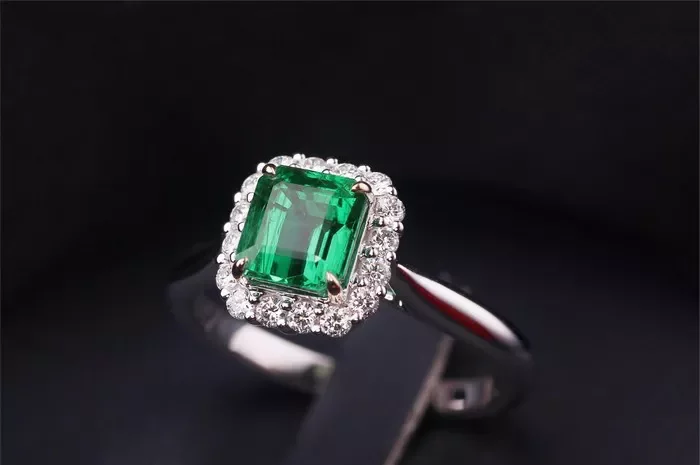Emeralds, with their mesmerizing green hue, have long captivated humanity’s imagination. Beyond their aesthetic appeal, emeralds have been imbued with various meanings and superstitions throughout history. One prevalent belief surrounding these precious gemstones is their association with good luck. But is there any truth to this claim, or is it merely a product of folklore and cultural myth?
In this article, we delve into the world of emeralds to uncover the truth behind their purported ability to bring good luck. We’ll examine the historical, cultural, and scientific perspectives to separate fact from fiction and provide a comprehensive understanding of emeralds’ significance in different contexts.
The Historical and Cultural Significance of Emeralds
Emeralds have a rich history dating back thousands of years. Ancient civilizations such as the Egyptians, Greeks, and Romans revered emeralds for their beauty and perceived mystical properties. In these cultures, emeralds were often associated with fertility, rebirth, and eternal youth.
One of the most famous historical associations of emeralds with good fortune comes from ancient Egyptian lore. Cleopatra, the legendary queen of Egypt, was said to have a deep affinity for emeralds. She believed that emeralds symbolized fertility and vitality, and she adorned herself and her palace with these gemstones to enhance her luck and beauty.
Similarly, in ancient Rome, emeralds were linked to Venus, the goddess of love and beauty. It was believed that wearing emeralds could attract love and ensure marital happiness. Roman emperors and nobles often wore emerald jewelry as a symbol of their wealth, status, and good fortune.
Throughout the Middle Ages and Renaissance, emeralds continued to be highly prized gemstones associated with royalty and nobility. In addition to their aesthetic appeal, emeralds were believed to possess protective powers, warding off evil spirits and bringing prosperity to their owners.
The Modern Perception of Emeralds and Good Luck
In contemporary society, the belief in the lucky properties of emeralds persists, albeit in a more subdued manner. Many people still consider emeralds to be talismans of good fortune and wear them for luck and protection.
Celebrities and public figures often contribute to the popular perception of emeralds as symbols of luck and success. Red carpet events frequently showcase celebrities adorned in emerald jewelry, reinforcing the idea that emeralds are not only luxurious but also bring good fortune to those who wear them.
Furthermore, emeralds are often featured in engagement rings and other significant pieces of jewelry, symbolizing love, commitment, and the promise of a prosperous future. Couples may choose emeralds not only for their beauty but also for the positive energy they are believed to impart.
Scientific Perspectives on Emeralds
While the historical and cultural significance of emeralds cannot be denied, the notion that they bring good luck is largely subjective and lacks empirical evidence. From a scientific standpoint, there is no concrete proof to support the idea that emeralds possess inherent metaphysical properties that influence luck or fortune.
Emeralds are simply a variety of the mineral beryl, composed of beryllium, aluminum, silicon, and oxygen. Their vibrant green color is due to trace amounts of chromium and vanadium within the crystal structure. While emeralds are valued for their rarity, beauty, and durability, there is no scientific basis to suggest that they have any supernatural or luck-enhancing qualities.
Gemologists and geologists study emeralds primarily for their geological characteristics and gemological properties, rather than their perceived mystical attributes. Emeralds are graded based on criteria such as color, clarity, cut, and carat weight, rather than any supposed luck-bringing abilities.
Conclusion
In conclusion, the belief that emeralds bring good luck is rooted in centuries of tradition, folklore, and cultural symbolism. While emeralds have been cherished for their beauty and perceived mystical properties throughout history, there is no scientific evidence to support the notion that they possess inherent luck-bringing abilities.
Nevertheless, the allure of emeralds endures, and their significance goes beyond mere superstition. Emeralds represent beauty, elegance, and luxury, and they hold deep cultural and historical significance across various civilizations.
Whether worn as a fashion statement, a symbol of love and commitment, or a nod to tradition, emeralds continue to captivate the human imagination and inspire admiration. Ultimately, the value of emeralds lies not in their supposed ability to bring good luck, but in their timeless beauty and the emotions they evoke in those who behold them.


